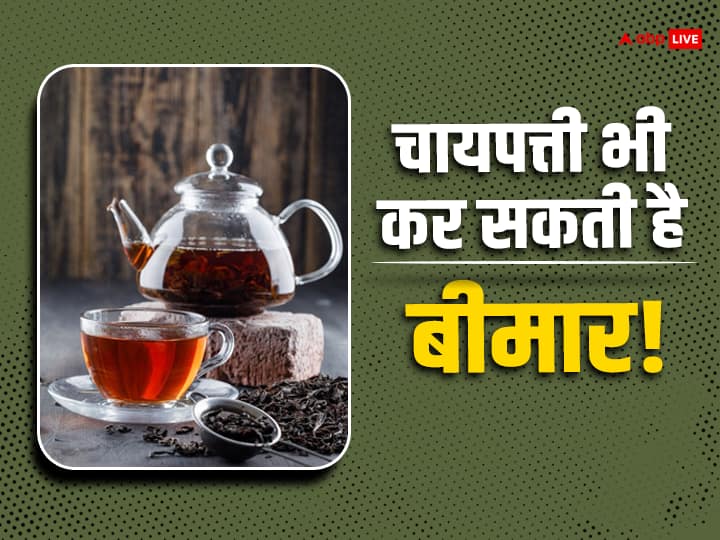Tea is an important part of Indian culture. In India, the day does not start without a sip of tea. According to scientists, drinking too much tea increases digestive, respiratory and health related diseases. Now the question arises that how can you know whether the tea you are drinking is real or fake? India is the second largest producer of tea in the world, with per capita consumption accounting for 19 percent of total worldwide consumption. The domestic population in India consumes about 76 percent of the total tea produced in the country. With such a large tea drinking population, reports of tea adulteration are not surprising. There have been several complaints of manufacturers making fake tea powder by roasting the outer shell of cashew nuts until it burns. It is then mixed with quality tea powder. Often, manufacturers also add banned colors to tea.
In August this year, the Food Safety and Standards Authority of India (FSSAI) had seized 1.5 tonnes of adulterated tea dust from Coimbatore. FSSAI nominated officer K. Tamilselvan said, “Some of the 500 gram tea dust packets that we seized had high amounts of colorant mixed in the 50 gram tea dust sachets. This sachet had to be mixed with real tea grounds to get a thick colour. Many other packets contained tea dust mixed with colors and ready for use.
FSSAI 2011 regulation 2.10.1 (1) on tea mentions, “The product shall be free from foreign matter, added coloring matter and noxious substances.” In October this year, FSSAI examined samples brought from a tea factory in Assam, So they found a yellow substance, tartrazine, which has been found to have carcinogenic properties.
Due to the popularity and durability of pure tea in product form, it is difficult to tell whether it is genuine or counterfeit by merely watching the tea being consumed or sold. However, there are some ways in which you can find out about Raina.
So how can you tell the difference?
How to know if tea tenor has been brewed with tar
Soak some tea on a filter paper/blotting paper, sprinkle some water on them. Once done, the paper and filter paper were removed under running tap water under the tea stall. Inspect the stains that have been discolored against the light. If the tea residue is pure then the filter paper is not stained and if there is tar product in your tea then you will notice the color of the filter paper changing immediately.
How to know if a tea shop has arranged for iron filling
For this you will need a magnet. Spread a small amount of tea leaves on a glass plate and move the magnet gently over the tea leaves. If the tea leaves are pure then the magnet will also be clean. However, adulteration will appear when the iron filler sticks to the magnet.
water test
The easiest way to check the purity of tea is to mix one tablespoon of tea leaves in a glass of water. Make sure the water is either cold or at room temperature but not hot. If the tea is pure then there will be no change in the color of the water. If any color is added to the tea leaves, the color will immediately turn red, so be careful.
One reason for the adulteration of tea leaves is that while one kilogram of real leaves produces about 400 to 500 cups of tea, the addition of artificial flavors and colors to the same quantity of tea almost doubles this number to between 800 and 1,000 cups. Might be possible.
It’s time for you to check whether your tea is pure or not.
Check out below Health Tools-
Calculate Your Body Mass Index (BMI)
